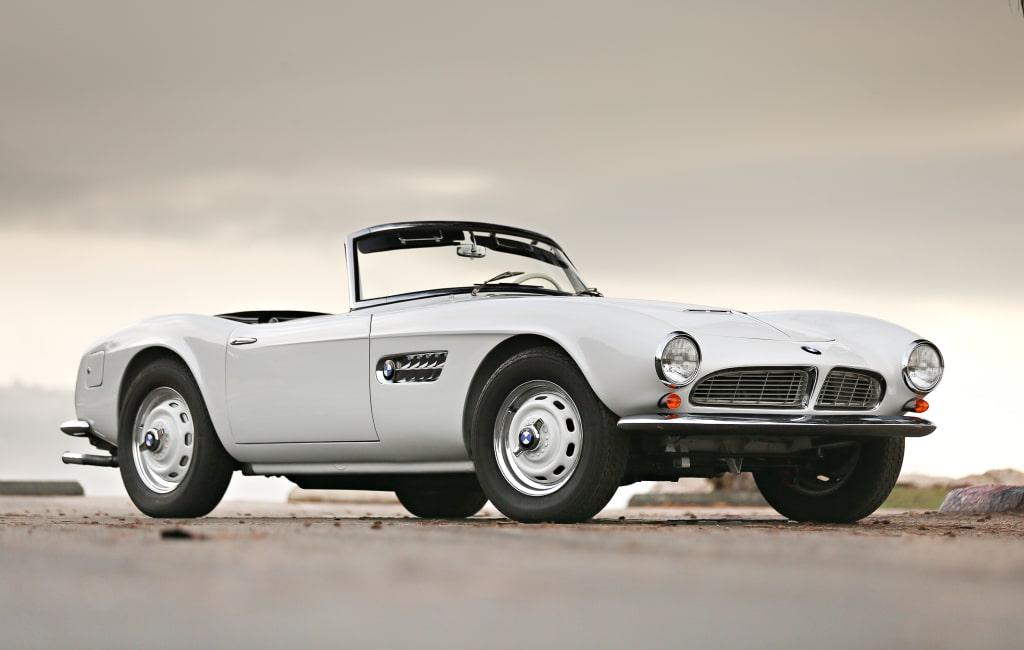When we talk about failed models in the car industry, we always talk about cars that missed their mark, had terrible quality, questionable design, underwhelming performance, and no style. By all accounts, the BMW 507 could be considered a failure since it failed to deliver the success company craved for. It sold in very small numbers, had almost no racing success, and was abandoned after just a couple of years on the market. So, is it a failure? Simply, no. Despite all, the BMW 507 was a stunning creation, the triumph of engineering and a car that showed the world that BMW is a company capable of producing the most amazing cars on the planet. This beautiful roadster didn’t turn out to be the savior BMW hoped for, but it has since become its most valuable classic car. Here is its story.
Today, BMW is the world’s biggest luxury car manufacturer, but just after WW2, the company barely existed. Most of their facilities were bombed, some of the factories were in East Germany under Soviet control, and the company had a hard time adjusting to the new post-war reality. BMW held on to a lineup of pre-war models and was slowly preparing to present the latest designs by the early ’50s, aiming at the luxury market to compete with its main rival, Mercedes. The introduction of the BMW 501, a luxury sedan powered by six-cylinder and V8 engines, was a pretty significant moment in the company’s history. Nobody expected such an advanced, well-designed, and powerful luxury sedan from a company that struggled to survive. Despite being a great car, BMW 501 was not a great seller, so the company started producing the Isetta; it’s a cheap, entry-level model which paid the bills and kept it afloat.

However, there was a problem. Customers needed clarification about what BMW really is. With Isetta, they had the cheapest part of the market covered, and with the 501, they were amongst the most expensive German cars of the era. BMW desperately wanted to break into a luxury brand, and by the mid- ’50s, they realized that the company needed a “halo” car that would serve as a “case study” of BMW’s engineering and design excellence. The main role in conceiving this project was legendary Max Hoffman, then BMW’s US importer. He convinced the board that there was a gap in the market of sporty roadsters which would perfectly suit the BMW. The company desperately wanted to enter the lucrative American market and aggreged to make such a car and sell it through Hoffman’s dealer network.
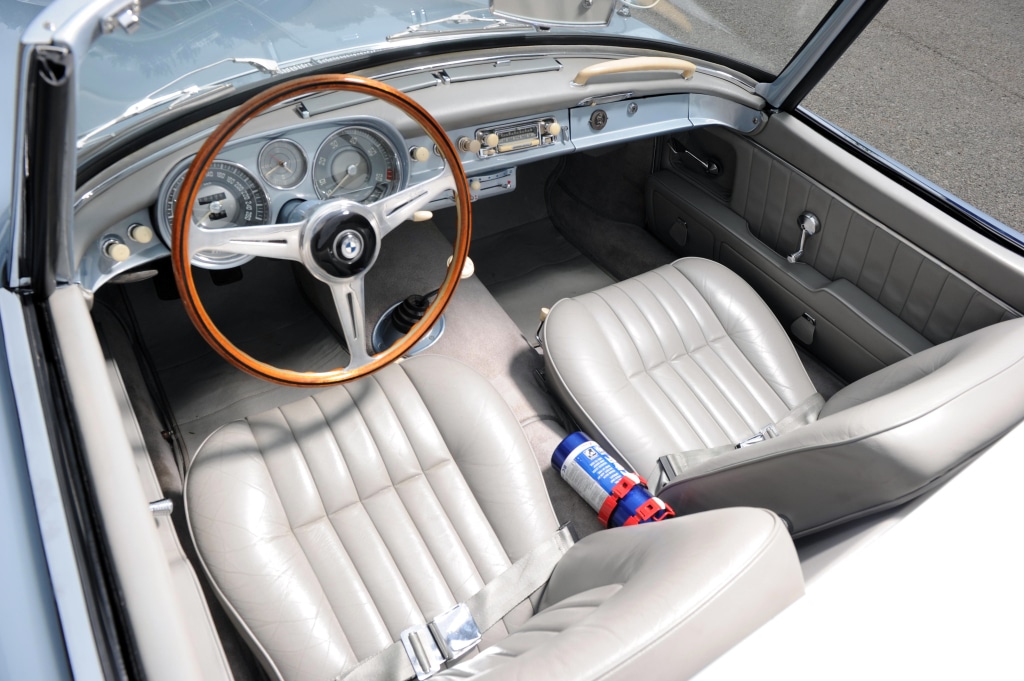
So, in 1955, in front of an enthusiastic crowd at the Waldorf Astoria Hotel in New York, BMW presented its tour-de-force model, BMW 507. It was a show-stopping and gorgeous roadster designed by Albrecht Von Goetz, who designed BMW 503 (luxurious Gran Turismo). With a long hood, short rear end, and sporty silhouette made entirely out of aluminum, it was one of the best-looking cars of the era, or all times, depending on who you talk to. However, it wasn’t all about the looks, and the 507 was the seriously advanced car for its era. In order to save money, BMW engineers used as many components as possible from existing models, such as chassis, suspension, and drive train. The interior was all-new, with leather seats and a radio as standard.
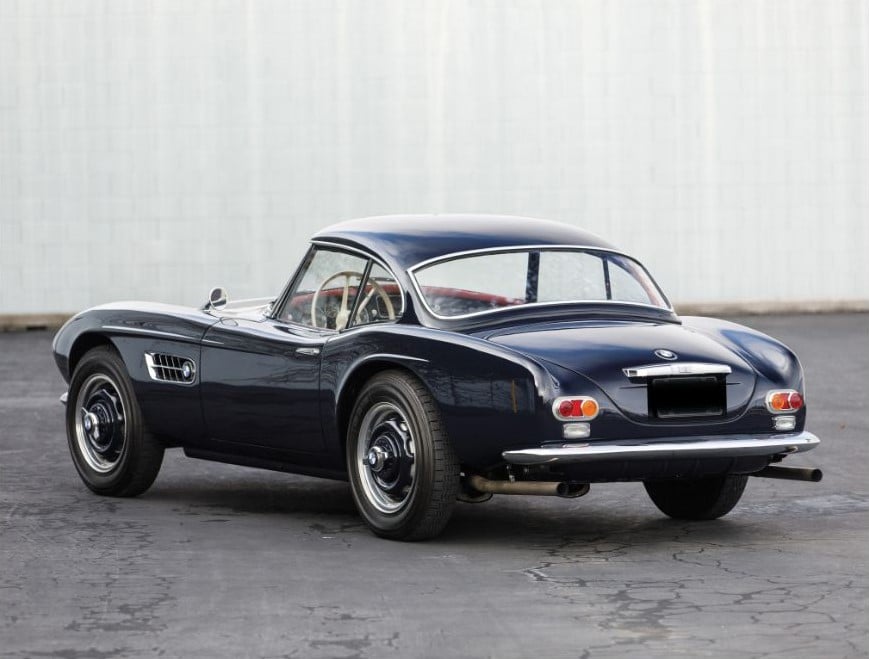
Under that long hood was an all-alloy 3.2-liter V8 engine, the only V8 engine in Europe in the mid-’50s and a fantastic engineering achievement. The engine was hand-assembled and delivered 150 hp, which was respectable. The V8 was similar to the one in BMW 501 saloon, but it was tuned to have more power and higher revs. The power was sent to rear wheels over 4-speed manual transmission, and although the BMW 507 was intended for American buyers, automatic was not an option. With an overall weight of just 1.3 tons, the BMW 507 could top 125 mph and sprint to 60 mph in just over 10 seconds. In the mid-50s, those were impressive numbers, and 507 was a respectable performer. Due to the fact that all cars were hand-built and bodies were crafted out of aluminum, no two vehicles are identical, and there were some minor exterior differences like with all cars made in such way.

After the enthusiastic response from the automotive public, BMW prepared for production while Max Hoffman started planning the sales. Initial expectations were that around 2000 cars could be sold yearly, with a maximum potential annual output of 5000 vehicles. Hoffman envisioned that the BMW 507 would be positioned above cheap roadsters from MG and Triumph and as a direct competitor to Jaguar XK140 and Chevrolet Corvette but below the ultra-expensive cars like the Mercedes 300SL or Ferrari 250. However, when the first examples reached Hoffman’s dealership, there was a nasty surprise. The expected retail price of $5000, which would make 507 very competitive, wasn’t met. Instead, those first examples had a sticker price of a whopping $9000, which was double of what competitors sold for.
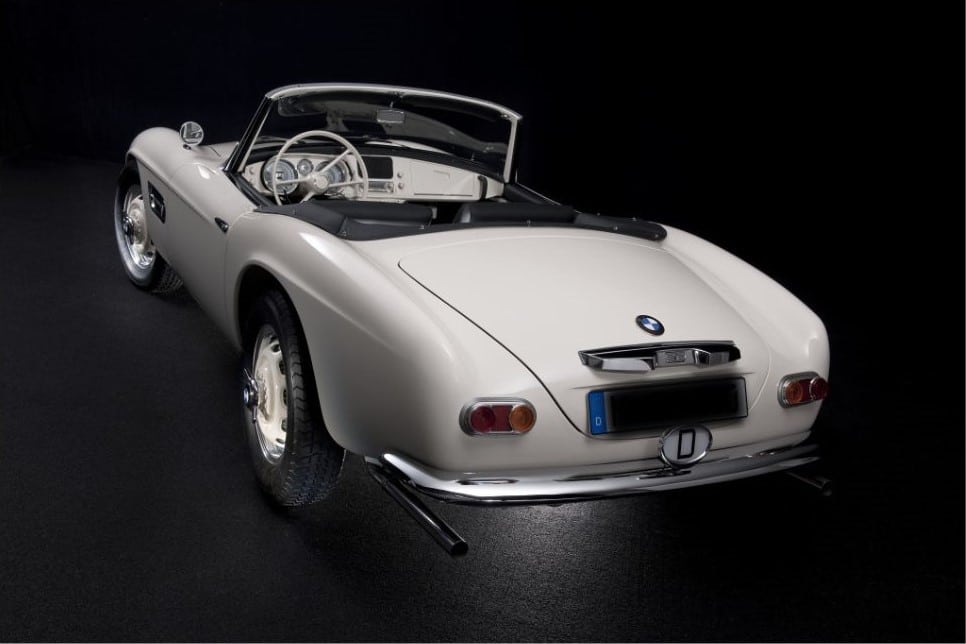
With such a price hike, Max Hoffman found it very difficult to sell the BMW 507 to customers. The hand-built nature, advanced technology, and materials were very costly, and after a year and a half, the price jumped to $10,500, which was even harder to justly. The car was still fantastic, beautiful, and fast, but only a few could afford it. The production lasted only three years, and by 1959, BMW 507 was canceled after just 242 cars were built in two series with minimal differences. The BMW 507 proved to be a disappointment for BMW in terms of sales since the company lost money on every example it made. It was published that the whole 507 adventure lost over 15 million DEM, which was an enormous loss for a company already on the verge of bankruptcy.
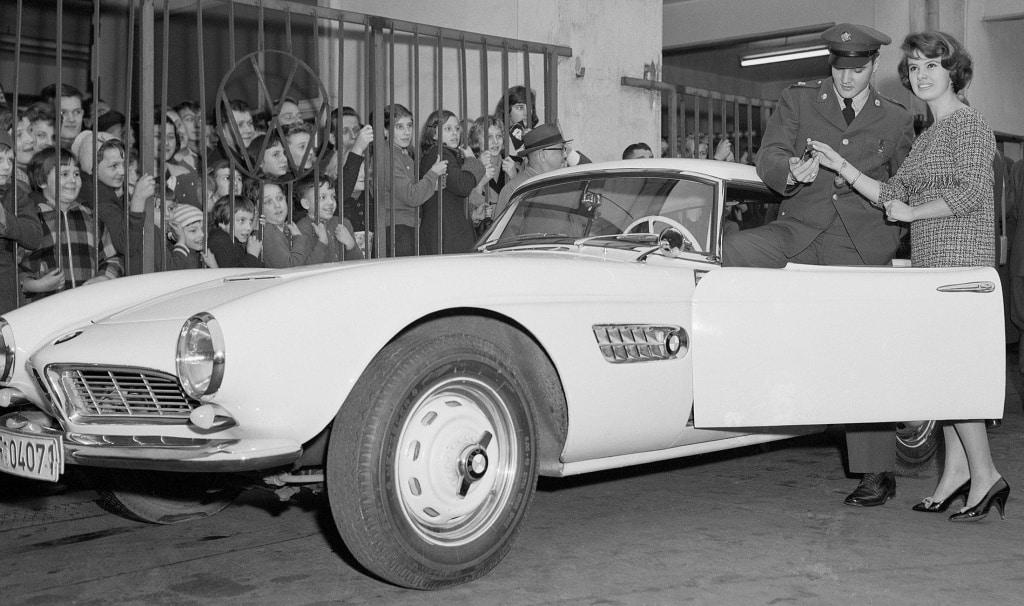
However, despite failing to sell in sufficient numbers, BMW 507 did manage to be a part of the high society of the late ’50s and had its share of celebrity owners. German racing ace Hans Stuck, and F1 champion, John Surtees had owned their cars from new. But the most popular BMW 507 was none other than the King of Rock, legendary Elvis Presley. He actually owned two vehicles, with the first one bought in 1959 while he served in Germany. Interestingly, he didn’t drive any of them much since he was reluctant to drive a manual gearbox. Out of 242 built, about 202 examples are known to survive, which is an astonishing rate and shows that lucky owners are well aware of how unique and fantastic this car was, still is, and always will be.



